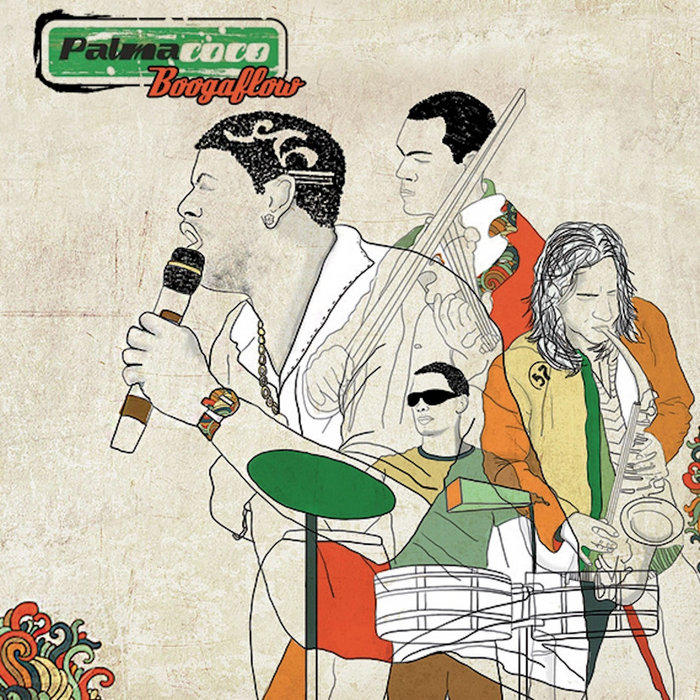
Maria Botella – Sr Ortegon
this blog is GROOVY – check out great Soul, Funk, Jazz, Hip Hop, Bass, Breaks , Reggae, House n many more TUNES
Hey there, music lovers! Let’s take a funky journey through the vibrant world of merengue, a genre that grooves its way straight from the Dominican Republic to dance floors around the globe. So grab your partner, put on your dancing shoes, and let’s dive into this infectious beat!
Merengue isn’t just a type of dance; it’s a whole vibe! It originated in the Dominican Republic during the 19th century and has roots in African, European, and Taino cultures. Picture this: you’re at a lively fiesta surrounded by colorful lights, delicious food like mangú, and tons of happy people ready to shake their hips to some killer tunes. That’s merengue for you!
The basic ingredients? A fast-paced 2/4 rhythm that’ll make anyone want to move—and trust me when I say it’s hard not to join in when those horns start blasting.
So where did it all begin? Some folks say merengue was born among farmers who would celebrate after long days working hard on sugar plantations. They had instruments like the accordion and tambora (a two-sided drum), which were super handy for making spontaneous celebrations even more festive.
By the late 1800s, musicians began crafting songs with catchy hooks that made everyone go wild on the dance floor. Fast forward to the early 20th century—merengue started gaining popularity beyond Dominican borders thanks to traveling musicians who brought that spicy sound everywhere they went.
Now here comes the fun part! In 1930, dictator Rafael Trujillo declared merengue as “the national music” of the Dominican Republic (talk about power moves!). He promoted it so much that soon enough everyone was shaking their shoulders along with those catchy beats.
Throughout history, iconic artists like Juan Luis Guerra took over with hits that dominated Latin charts during the late ‘80s and ‘90s. His song “Ojalá Que Llueva Café” became an anthem where groove meets poetry—a beautiful blend we still jam out to today!
Did you know Juan Luis Guerra once performed barefoot at Madison Square Garden because he thought his shoes might mess up his groove? You can’t blame him; shoes can be slippery business while busting out some serious moves!
As time passed—and thanks largely due to popular media—the love for merengue exploded globally! Artists such as Elvis Crespo showed off energetic rhythms with songs like “Suavemente,” which made waves throughout America and beyond.
And how could we forget about “Bomba” from Los Hermanos Rosario? Groove-packed parties turned into festivals where everyone dressed up Hawaiian-style just for fun (even though they were in Santo Domingo)! Can you imagine palm trees lining a bustling street filled with salsa dancers?
A quirky twist came when some old-school country Western musicians tried blending their styles with merengue—resulting in what many called “country-enge.” Not only did it confuse listeners but also led everybody scratching their heads trying not-so-hard-to-dance alongside line dancers bustin’ out cha-cha steps instead of classic two-step moves! Just picture cowboys boot-scootin’ across Dominico grounds—it must’ve been hilarious!
Today? Well, hold onto your hats because modern-day artists are keeping things fresh with neo-merenguero concepts while fusing reggaeton sounds into blasting brass sections—think fusion feasts sacudidas everywhere! These days you’ll catch bachata star Romeo Santos duet-ing over beats taken straight from traditional roots enjoying new-age styling sure keeps every party alive until sunrise breaks loose.
Another bubbly artist worth mentioning is Toño Rosario, who often adds humor by dressing up zany costumes while performing live shows—it makes every concert feel more like attending circus talent night than mere musical gigging over there beneath bright stages bursting laughter energy ringing louder than speakers blaring away known classics endlessly replayed back again forth rocking audiences down memory lanes drumming hearts beating rhythmically united beyond differences creating harmony vibes collectively found together under communal skies shared jubilant aura radiating joy throughout gatherings celebrating life itself through art forms presented candidly without reservations given melancholy remembered remembrances past reignites memories resurfaced nice nostalgica moments cherished lovingly enhanced immersively highlighting human essence observable simply existing living brightly here now forever onward spreading inferred connectivity felt all too strongly inside each packed room wherever linger lingering awaiting curious ears witnessing magic woven twirling enchanting flavors tastefully dished-out amongst fellow spirits dancing hand-in-hand lost revelry nights lit ablaze spirited souls groovin’ low-key heaven above ground sprinkled spontaneity abound jubilation echoing wildly unshackled untamed unequivocally powerful being reborn each moonlit serenade met grace gracefully feet moving ardently telling stories deserve celebration jubilantly relished round joyous times endearingly revisiting humbled paths taken traversed warmly weaving cross-cultural narratives sparkling rich tapestries unbroken weaving till dreams come alive once more tomorrow anew…
Cue dramatic trumpet solo…
So there ya have it folks—the delightful journey through merengue history wrapped tightly in sparkles & quirky facts galore!! Remember next time you’re hitting those lively Latin parties or watching shows remember footwork might surprise partners unexpectedly discovering talents hidden deep within ourselves waiting patiently yearning calling exploring thrilling rides created rhythmic punchy presence forever marking transitory moments lived savored vibrantly living manifestations breathing flames colors echo lifetimes cherished loving connections joining breaths asserting kindness fellowship peace ultimately merging bridging humanity together harmoniously building futures confidently grounded hope glowing celestial pathways enlighten brighter grounded foundations welcoming horizons unsurpassed unfolding infinite possibilities truly captured art cultural resonance connecting us further beyond imagination creativity dwelling beautifully accompanied playful melodies accompanying expressions showcasing vigor resounding triumphs echoed lovingly never forgotten witnessed timeless shared profoundly sacred music flourishing freely played undying passions ignited brightening worlds evermore luminous infused joys filling lives cherished exceedingly ground-breaking joyful dances present moment imagined always… keep grooving y’all!!! 💃🎶✨

Maria Botella – Sr Ortegon
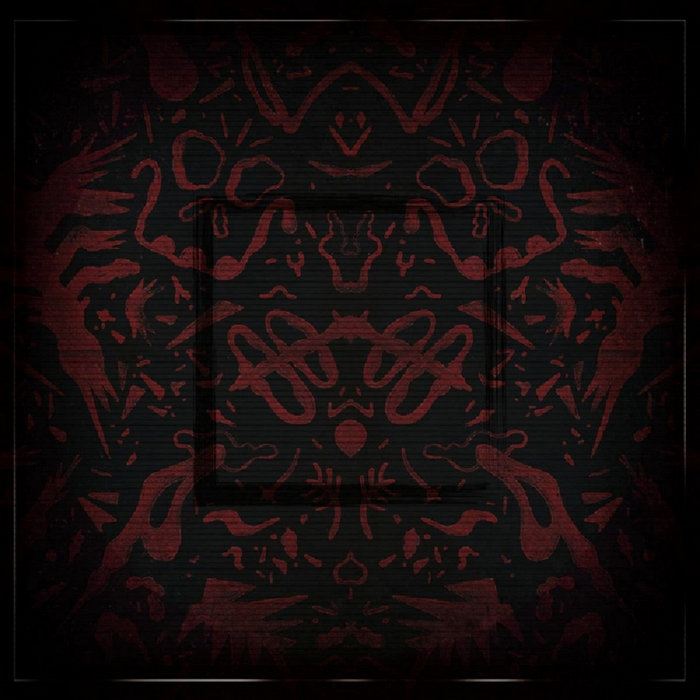
Michi Sarmiento y su Combo Bravo – Hong Kong (Sibu & Joe Nagall edit) – Sibu
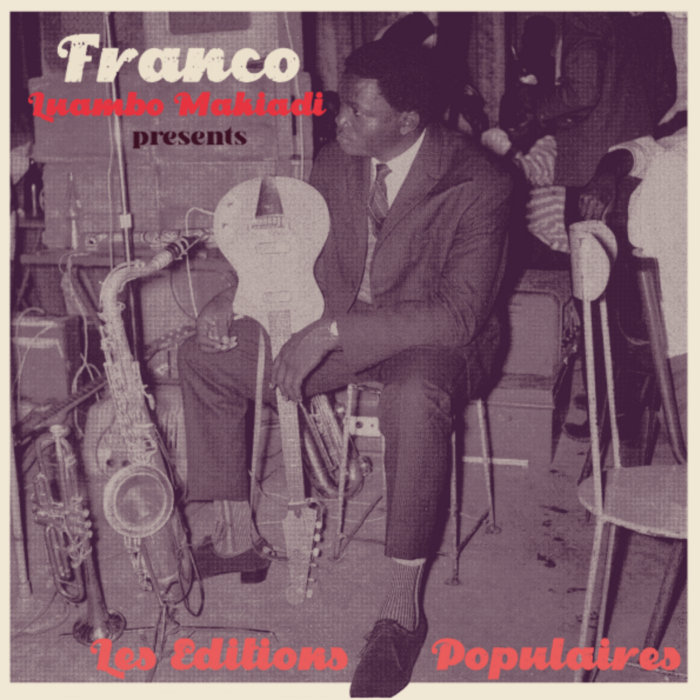
Ku Kisantu Kikuenda Ku – Franco & O.K. Jazz
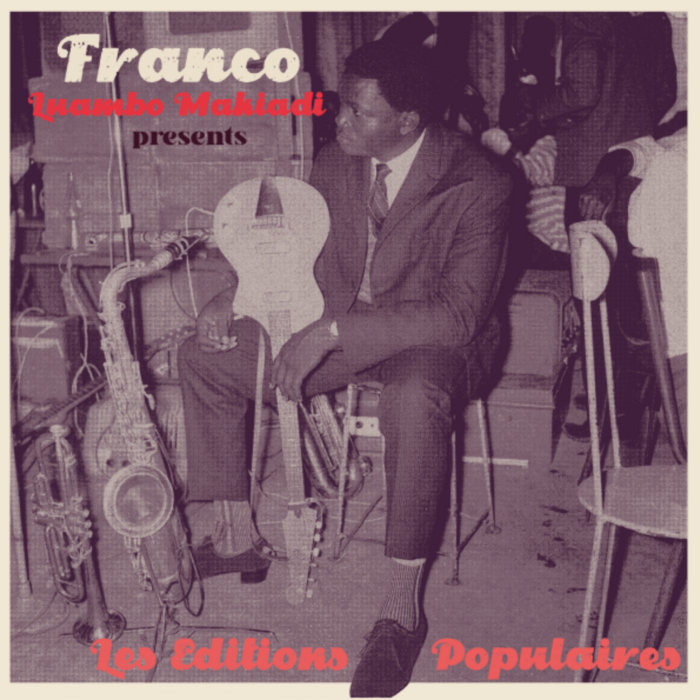
Mobali Na Ngai Azali Etudiant Na Mpoto – Franco & O.K. Jazz
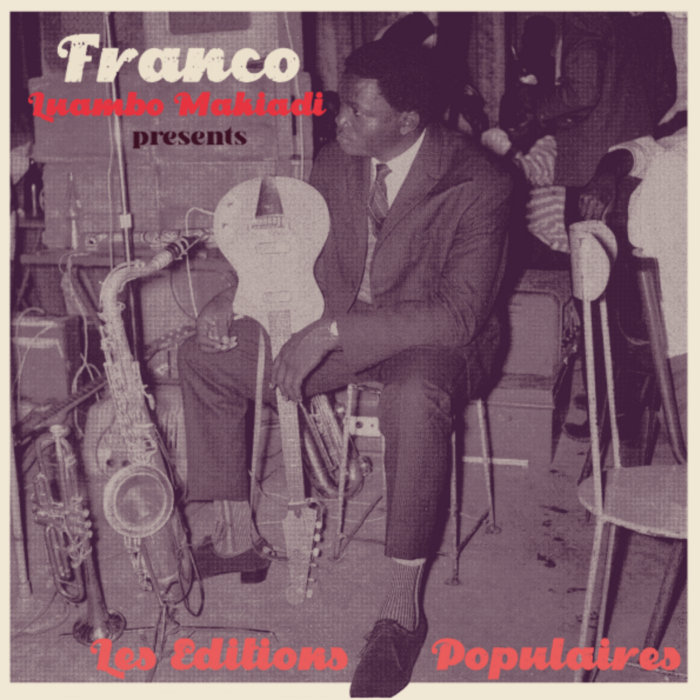
Congo Mibale – Franco & O.K. Jazz
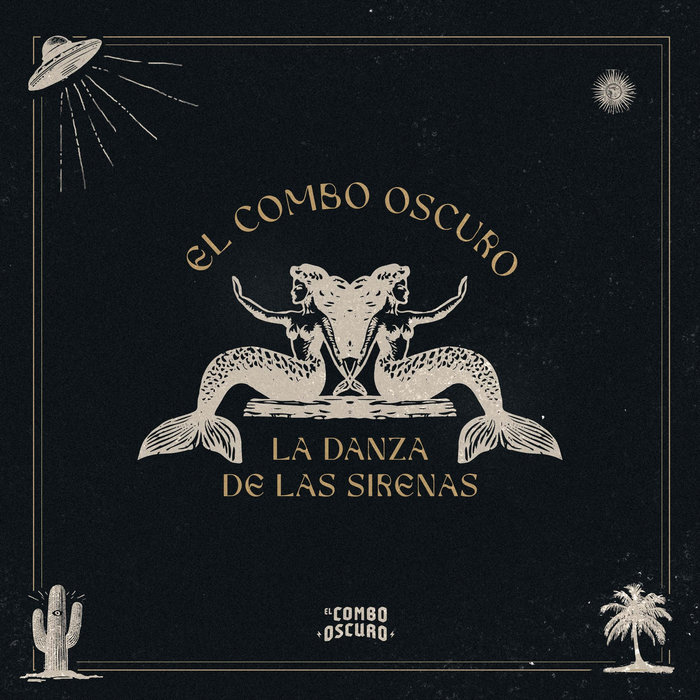
El Chamán – El Combo Oscuro